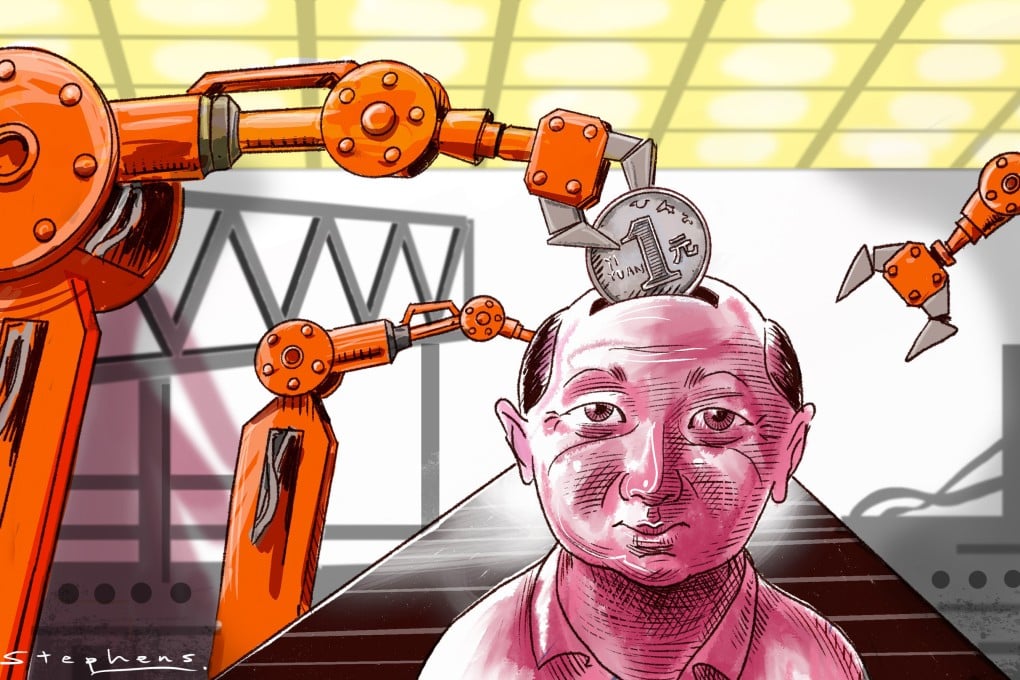Advertisement
Opinion | How China can turn its demographic challenge into economic edge
As China confronts the challenges of an ageing population, the path forward lies in boosting productivity across all sectors and age groups
Reading Time:3 minutes
Why you can trust SCMP
3

China stands on the verge of a profound demographic shift. With an ageing population and mounting economic uncertainty, the government’s recent decision to raise the retirement age by up to five years is a bold move designed to avert what many fear could be an impending crisis. Yet while this policy addresses immediate concerns, it also points to a deeper issue – one that extends beyond shrinking workforces and pension deficits.
Advertisement
The true test for China lies in boosting labour productivity. Raising the retirement age is merely a stopgap for its strained pension system, which is projected to run dry by 2035. Several regions, particularly in China’s industrial northeast, rely heavily on subsidies from wealthier coastal provinces to maintain pension payouts.
While raising the retirement age is expected to reduce the pension shortfall by 20 per cent in the next decade, these transfers will become increasingly unsustainable as wealthier provinces face ageing populations of their own. As such, the real challenge is not just expanding the workforce but improving how efficiently labour is used.
Labour productivity – the amount of output per worker – is shaped by several factors, all of which are now crucial to China’s economic future. The term “new productive forces”, increasingly emphasised by Chinese leaders, reflects this vision and aims to lay the groundwork for “high-quality development”.
This concept refers to the integration of human labour with advanced technology and infrastructure – key elements that, as President Xi Jinping has said, will “guide the building of a modernised industrial model”. To sustain growth despite demographic challenges, China must boost total factor productivity, which measures the efficiency of both labour and capital.
Advertisement
Technological innovation is a critical driver of productivity. Automation and artificial intelligence (AI) are transforming industries, particularly in manufacturing and logistics, where robots are already taking over repetitive tasks. This enables older workers to stay productive longer by focusing on higher-order skills.

Advertisement
